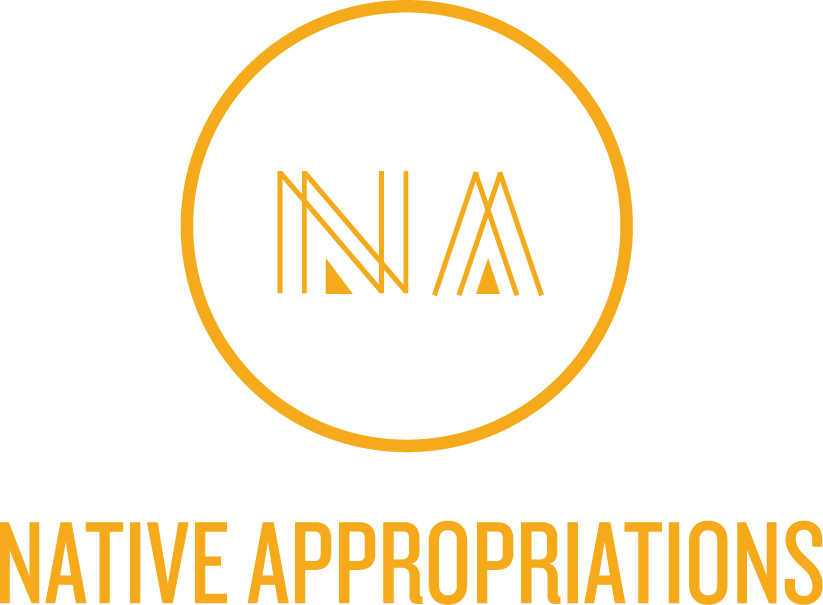This past weekend I took a trip to the Boston Museum of Science to see the Harry Potter Exhibition (which was amazing and awesome and anyone who is a fan should go see it…but I digress), and since our tickets got us into the rest of the museum, we wandered around the galleries a bit. I didn’t even have my Cultural Insensitivity Radar (I should trademark that) on, because I figured “science” would be a safe zone, right?
Apparently not. The above image is a diorama on the second floor, not in the context of an exhibit, in fact kind of just stuck in a hallway. It depicts a “Hopi Indian Village,” and is about six inches away from a diorama of an “African Watering Hole”. In addition to the diorama, there was also an interesting display in another part of the about migration and genetics with some eyebrow raising use of graphics and language, and a couple of other small things.
After the jump, more images of the dioramas, as well as the analysis of the migration and genetics display.
(all images can be clicked for a bigger version)
This is a close(r) up of the interior of the diorama
Even closer. They are performing a “Snake Dance” according to the didactic panel. Are any Pubelos/Hopi’s able to verify the accuracy?
One last close-up
Sorry for the photo quality (I really need to get a better camera if I’m going to keep doing this blog!) but the most interesting and disheartening part of this descriptive panel was the pervasive past tense. Apparently Hopi’s and the Snake Dance are not something alive and continuing today, according to the museum.

This was the neighboring display, the African Watering Hole. These were the only two dioramas, and it is interesting to note that this one does not include people. So animals in Africa=Natives in US? It’s hard to imagine the typical museum visitor would be able to make a distinction between the two.

This is my friend Jenny showing how close the two displays were to each other, further adding to the idea that they are somehow related, or meant to be viewed on the same plane.
Next we jump to the Human Body exhibit, which was actually pretty cool–we played with stethoscopes (Jenny couldn’t find her heartbeat and thought she was dead), found out which of our eyes were dominant, weighed ourselves to find out how much blood we had (Jenny would die first in a knife fight, I have more blood), and then there was this display:


“Mapping People in Native (Indigenous) Populations.” I’m glad they used the Native/Indigenous distinction, though it got to be a little overkill to see the parentheses in every sentence. The point of the display was to examine the roles of migration and genetics in human evolution…I think. But they throw “culture” in there too.
This is the side panel. “Most of us no longer live in the same place or cultural group as our great-great-great-great-grandparents.” Um, actually, a lot of us Natives (Indigenous) do. Well, at least those of us who weren’t forcibly removed from our homelands.
This was kinda a cool graphic showing levels of lactose intolerance (the other side had the Americas). There was also a map talking about a certain bitter chemical that only certain indigenous populations can taste.
But then there was this:
Skin color in Native (Indigenous) Populations.
That’s the Americas side.
We decided Jenny was some sort of Asian. But in this photo I guess she could be North African too.
How they describe Skin Color to the kids. (click for bigger image)
We REALLY wanted to find a volunteer to ask these questions. I’d love to hear the talking points that they give volunteers, especially on “How does skin color affect us today?” are they actually trained to start a discussion on race and racism with children?
Finally, this cave art was on the wall above the display.
I do think it is an interesting display, and I liked the images about lactose intolerance, but I don’t know, it just felt a little wrong, and very “otherizing”–like these “Native (Indigenous) Populations” have evolved away into “modern” humans, and are not like “you” (the visitor) at all.
Then as we were leaving, we stepped into the exhibit on human reproduction. Since we didn’t think we needed the lesson (ayye) we left, but not before seeing this:
Guess what? Indians have babies! Totally reminds me of the scene of Simba’s birth from Lion King:
haha.
This is the larger context of the display, a “cross-cultural” depiction of birth–and I just noticed, of fatherhood in particular. Interesting!
So that’s it for the whirlwind tour of the Boston Museum of Science. Museums in particular have such a complicated and upsetting history with Indigenous Peoples, and it’s weird to see that a museum focused on “science” (not Natural History, or Archeology, or Anthropology) can still have so many instances of cultural appropriation.


Comments
I always enjoy a walk around the museum, all the historical value makes me feed my knowledge and i feel that i grow up like a person. I like to try what i want to prove. this is when i buy viagra for my husband. whenever i have a doubt, i mus to satisfy my curiosity.
The cave painting seems kind of odd and out of place, especially since it’s located in France. They probably just wanted to demonstrate Native people as ancient and extinct :\